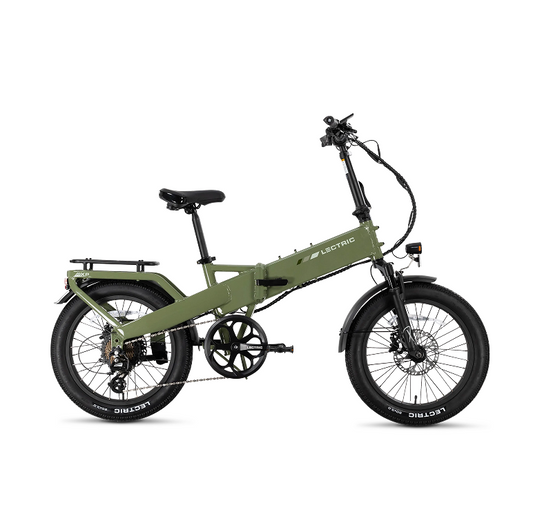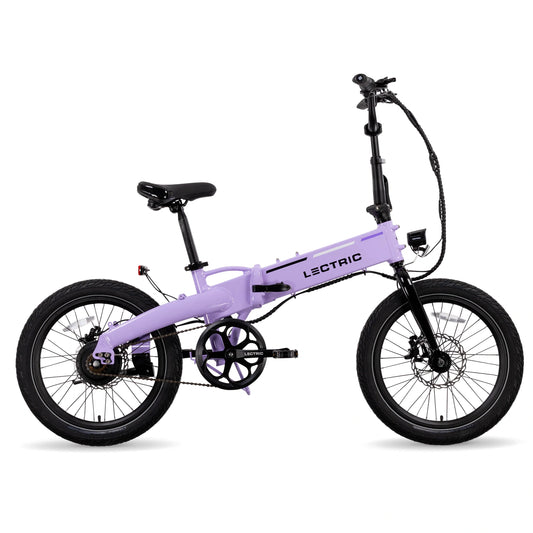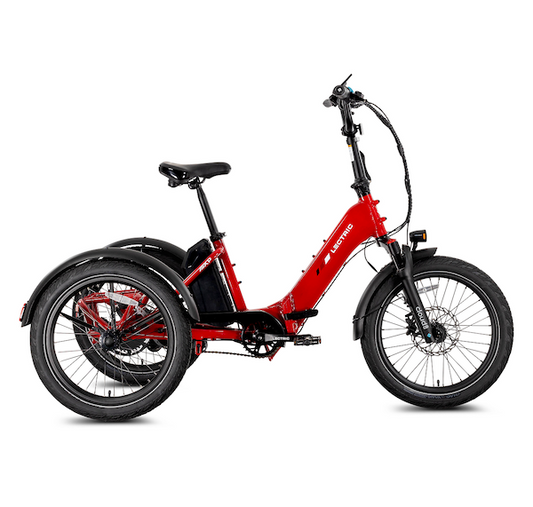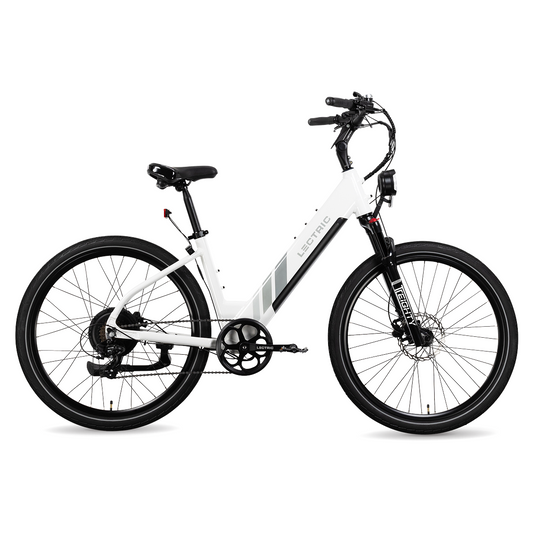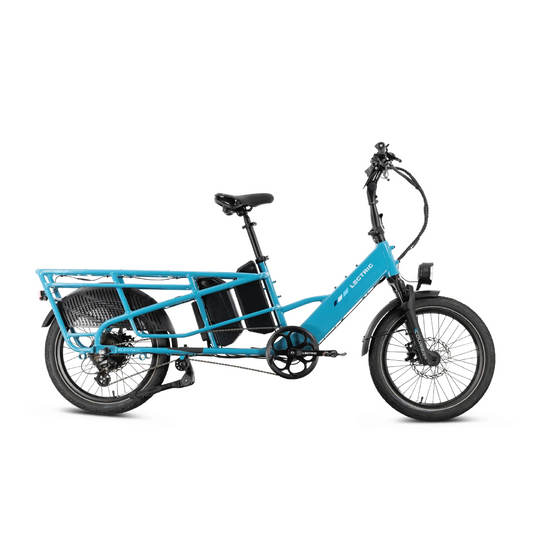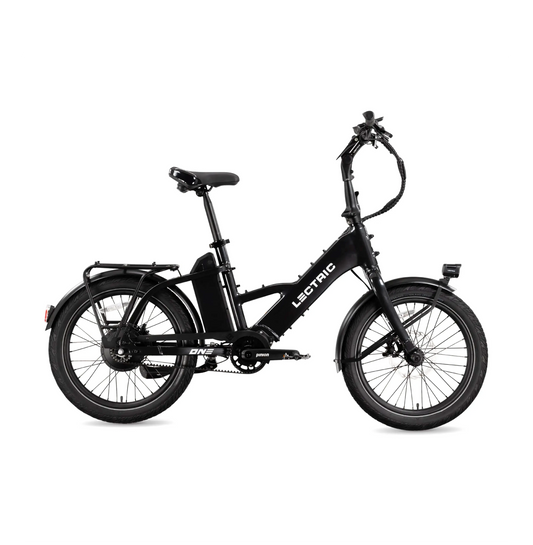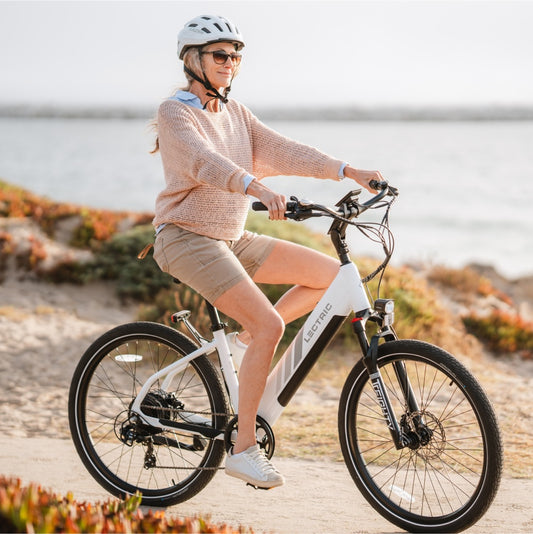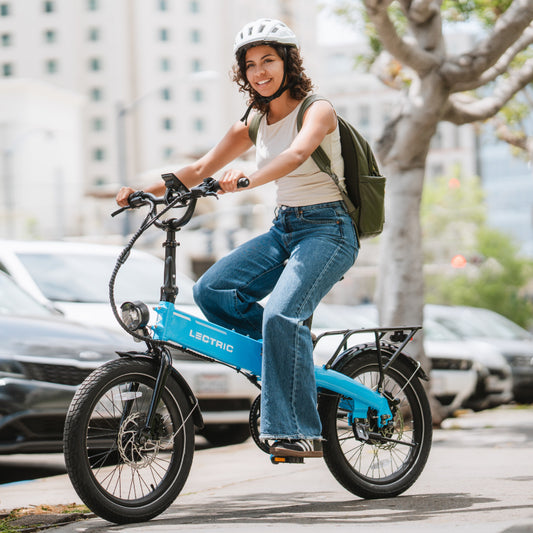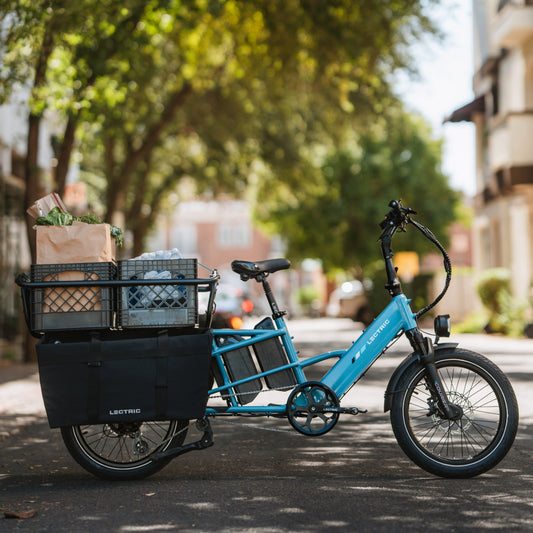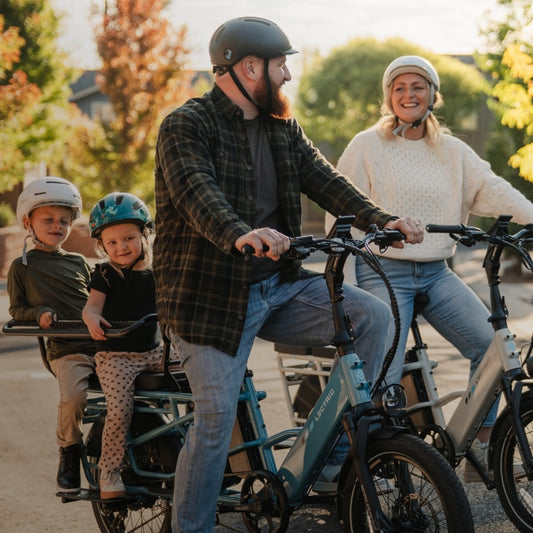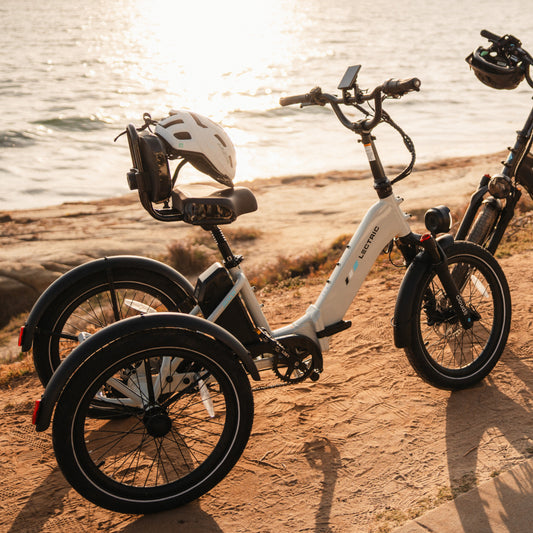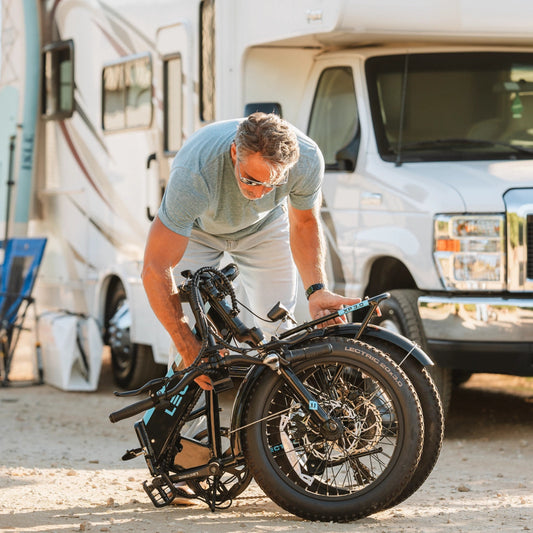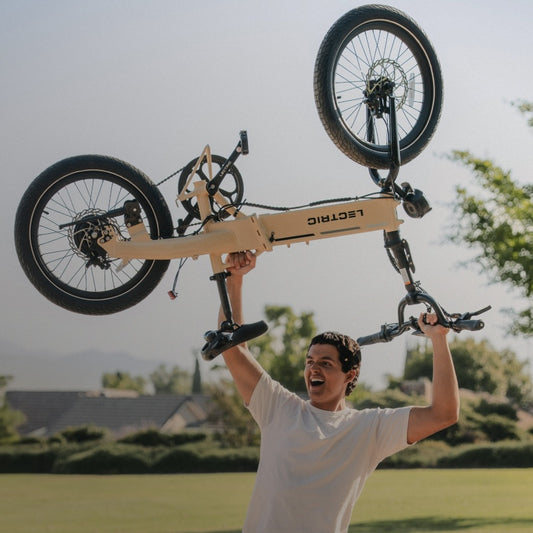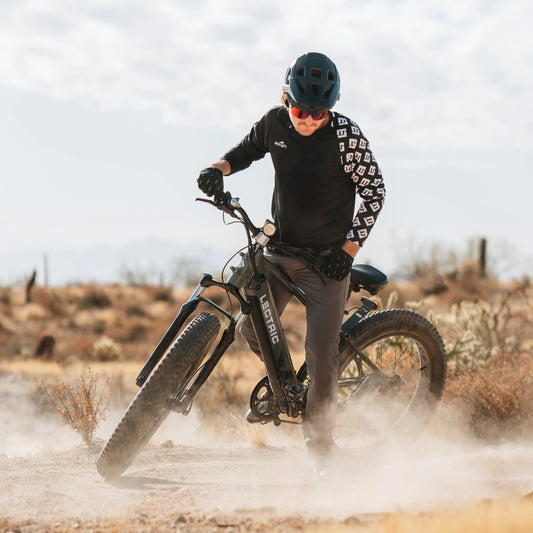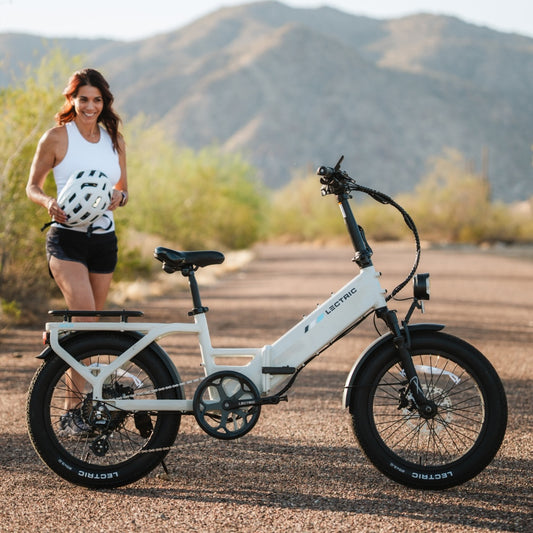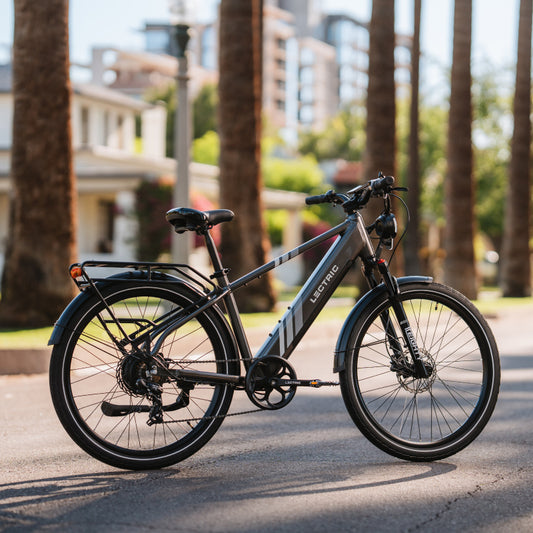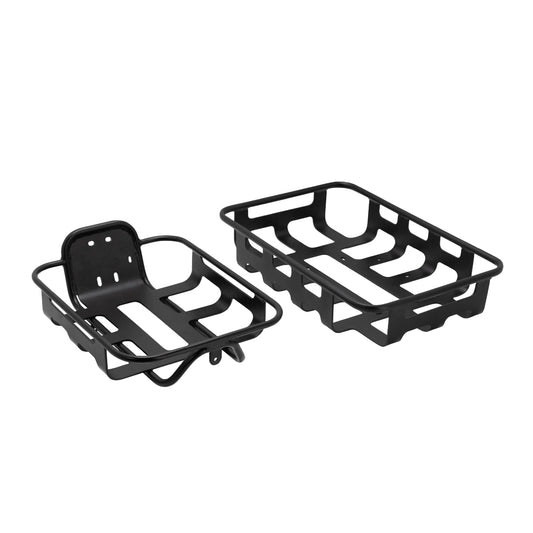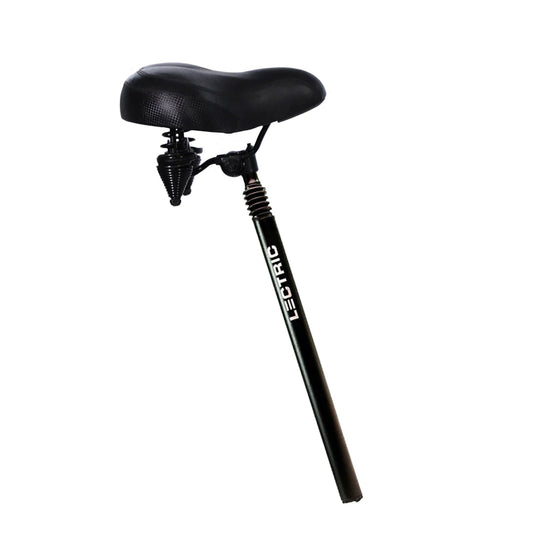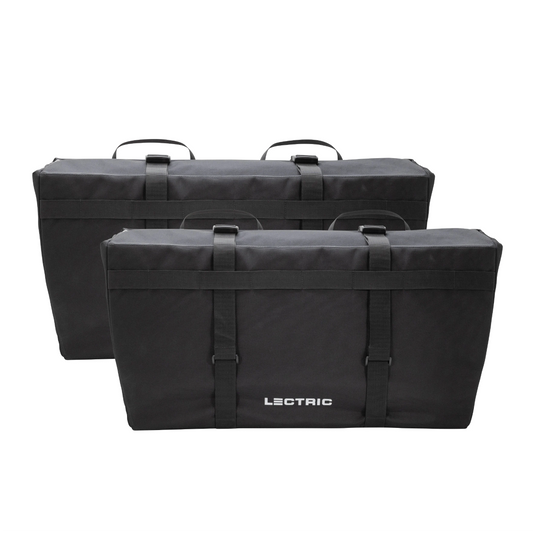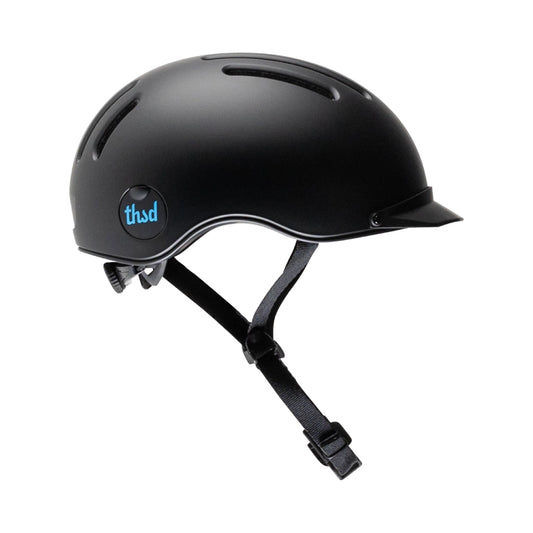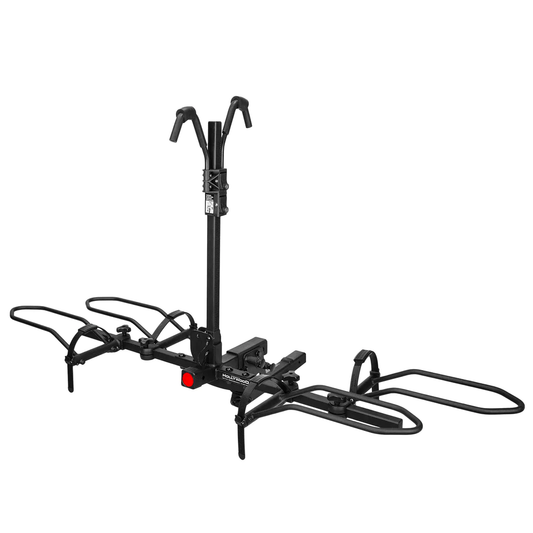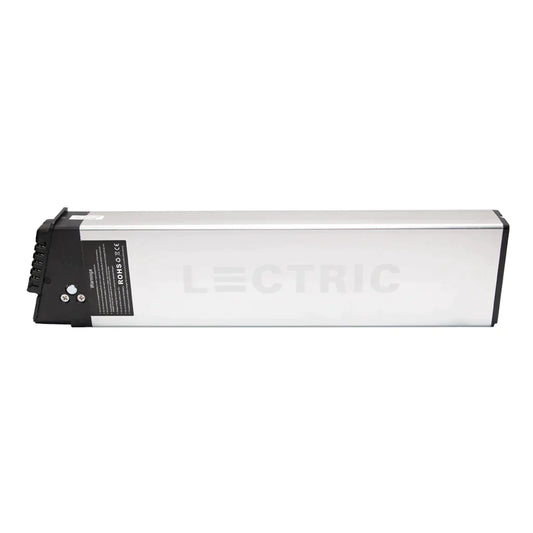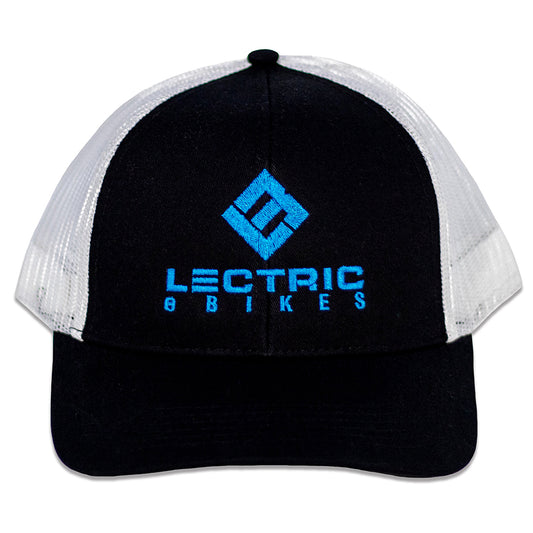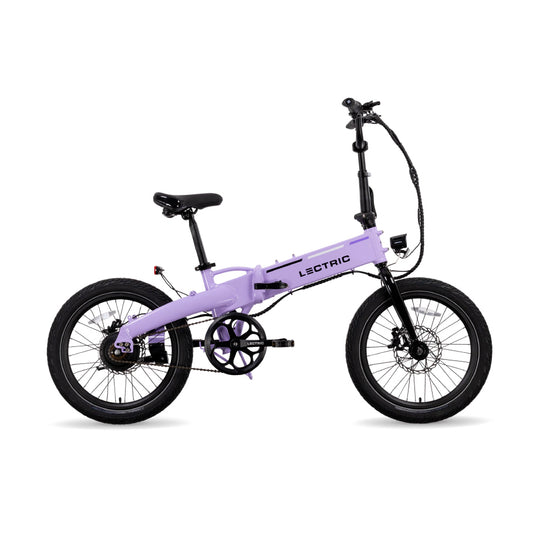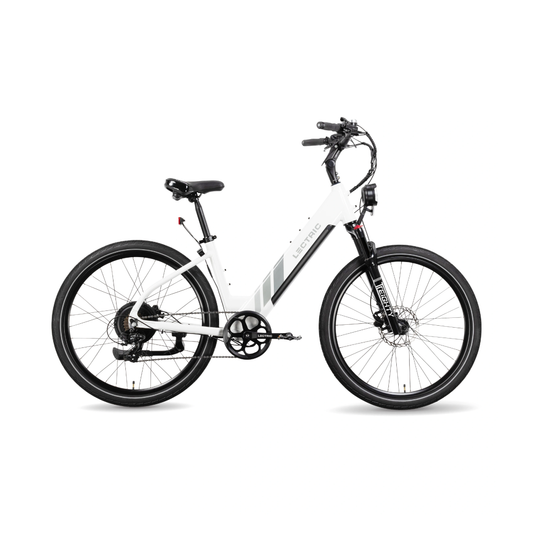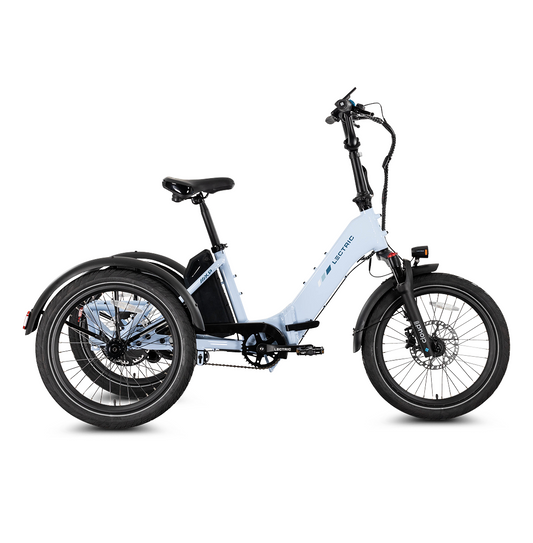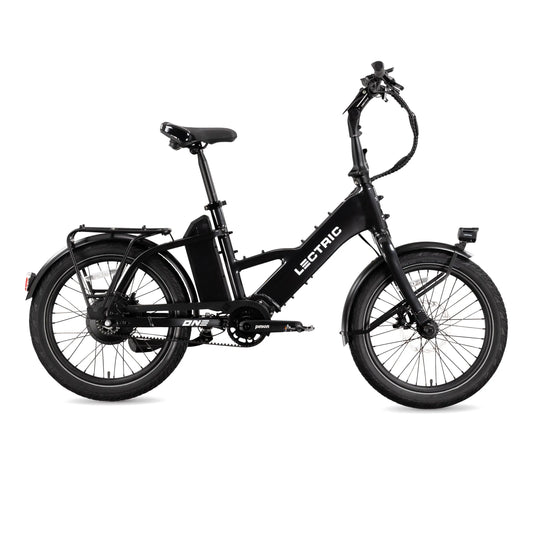Did you know that someone once pedaled 183mph on a bicycle? We couldn't believe it either, but this world record speaks for itself!
This astounding fact brings us to another question: How fast can electric bikes go? Most people riding eBikes aren't attempting to break any world records. They are simply using their eBike as a transportation solution to get them places more efficiently, or to have a little bit more fun along the way.
There are several factors that go into how fast any given eBike can go, however, which include eBike classification, motor type, battery size, and hill grade.
Electric Bike Motor & Battery Sizes
So, when you see an eBike zoom past you, how is it able to achieve such a high speed with little to no pedaling? Electric bikes rely on a strong motor and battery to replace the leg work that is required for conventional biking.
Electric bike motor sizes can include 250w, 350w, 500w, 750w, and even 1,000w options. To put these wattages into context, pedaling a conventional bicycle on a flat road would require roughly 30 watts of power, and pedaling the same bike 20mph would require roughly 220 watts of power.
So, why do eBike motor wattage options range up to 1,000w? Higher quantities of wattage are required for tasks such as getting up steep hills, and reaching high speeds in a short amount of time. The higher the wattage, the faster your acceleration will be.
Power is about acceleration, but energy is about range, and an eBike's energy comes from its battery. The most common battery voltage is 48V, but batteries can also come with 36V and 52V.
In general, higher voltage will lead to better performance in eBikes since they allow for higher levels of critical current in terms of ampere levels. To simplify, this allows the energy of your eBike's battery to provide power to your motor more quickly, and get you to your desired speed faster.
Electric Bike Classifications
As mentioned in a previous article, eBikes typically fall into three classifications, recognized by most of the United States.
All three classifications include a top throttle speed of 20mph. That speed was chosen because it is the speed that a conventional bicycle can typically reach when pedaled naturally on trails, roads, and bike paths.
Class 3 eBikes have a top speed of 28mph with pedal assist, meaning that the throttle will still peak at 20mph, but if you are using a pedal assist function and putting your own pedal power into the bike, the motor can help you to achieve that higher top speed.
The three eBike classifications and functions are as follows:
- Class 1: Pedal assist only, with a maximum speed of 20mph.
- Class 2: Pedal assist and throttle options, with a maximum speed of 20mph for both functions.
- Class 3: Pedal assist and throttle options, with a maximum speed of 28mph for pedal assist and a maximum speed of 20mph for throttle.
Whether 28mph sounds super fast to you, or not quite fast enough, the regulations set in place regarding eBike speed are there to protect you, the rider, and make the roads a safe place to be for all.
Pedal Assist, Hills, & Cargo Load
Although this portion may seem a bit obvious, the last critical portion to determining the speed of an eBike includes pedal assist use, terrain grade, and cargo load.
Higher levels of pedal assist use will propel the bike forward at a faster speed. Yes, it will take fewer pedal rotations for your motor to kick in as you pedal, but it is also important to note that the motor will kick in stronger and faster while using higher levels of pedal assist.
It is important to note that most eBikes can exceed their allotted top speeds if they are carrying a large payload and traveling downhill. Gravity is one factor that eBike regulations can't quite control, so it is common to see higher speeds while zipping downhill with a backpack or heavy load in check!
Next time you see an eBike zoom past you, you'll know a little bit more about how it's able to achieve those high speeds, and what the limits are on eBikes to keep the rider and their surroundings safe!
Curious about class 2 and 3 eBike options including 48V batteries and 500W motors? Check out our eBike collections here!
